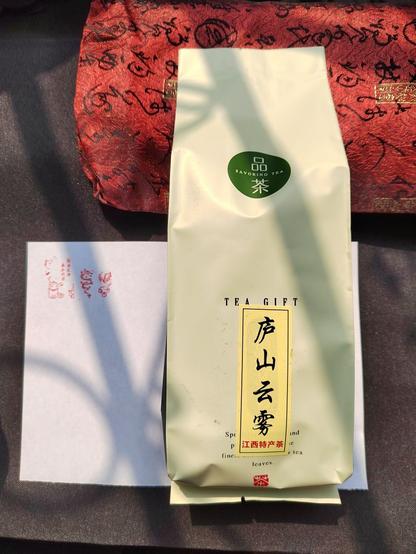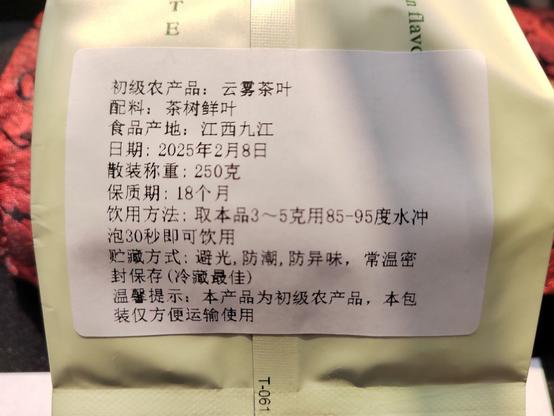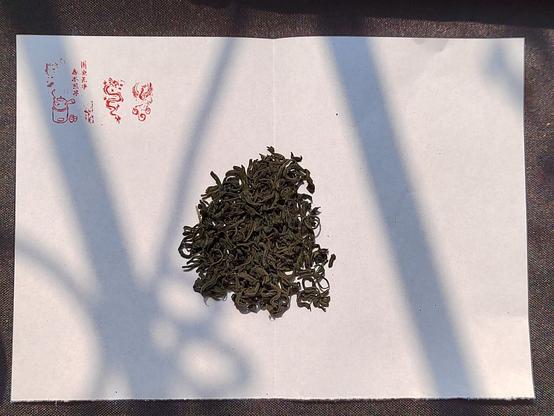This is the original tea that made me a Chinese tea fanatic. In Canada I drank and appreciated tea, learning quite a bit about tea grades, and production from places like India or Sri Lanka. (This is just how I'm wired: I always have to learn more.) But there wasn't a lot of representation of Chinese tea culture in Canada at the time, and instead I fell into the circle of a coffee Lothario who taught me a whole bunch about coffee (to the point I only bought green and roasted at home).
Then I moved to China (Jiujiang, specifically). The coffee at the time was crap (and overpriced crap to boot), but the tea I had was magnificent. My "learn everything" instincts kicked in and I started haunting the streets and alleys of Jiujiang looking for tea shops, one of my "student minders" with me each time (because I needed translation and local knowledge). I quickly learned that the big and fancy shops sold only specific brands and knew nothing broadly, so I looked for the small shops, typically run by a single plantation as their in-city rep.
That's when I ran into Songbai Tea. The shop owner (who also operated a plantation) tolerated my questions, and paid careful attention to how I was tasting the tea, understanding that I actually had a palate for it, and that I could tell the difference between good tea and plain. We developed a pretty good friendship over time, bonding, basically, over today's tea: 庐山云雾茶 (Lúshān yúnwù chá or Lushan cloud and mist tea).
This tea is very famous inside China, being the trope namer, in effect, for the entire class of "cloud and mist" teas. It was an imperial tribute tea since the Song dynasty and is now a protected trademark. And it bears a special place in my heart as my introduction to the madness of Chinese tea, and is a "comfort tea" of sorts for me.
Alt text contains more info, and Mastodon users have to click through.
---
@tea@a.gup.pe
#茶 #云雾茶 #中国名茶 #庐山云雾茶 #tea #CloudAndMistTea #ChineseTea #LushanCloudAndMistTea
Client Info
Server: https://mastodon.social
Version: 2025.07
Repository: https://github.com/cyevgeniy/lmst



